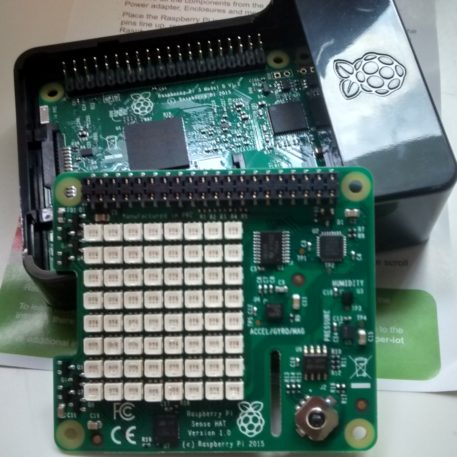The Internet of Things: Giant in Jack and the Beanstalk
 Ladies and Gentlemen, please welcome The Internet of Things (IoT) to our lives that have enormous potential increasing the quality of life, enhance the productivity and performance of systems and processes that in return will save valuable time for everyone and every corporate body.
Ladies and Gentlemen, please welcome The Internet of Things (IoT) to our lives that have enormous potential increasing the quality of life, enhance the productivity and performance of systems and processes that in return will save valuable time for everyone and every corporate body.
So, what exactly is IoT? Is it a giant in Jack and the Beanstalk living above the clouds? Not really. It is simply the common term used for ordinary daily objects that are linked with Internet connectivity and have functions to collect, store and act on data. IoT enables objects to connect with humans. Think of your game console, mobile phones or fitness trackers. It uses some sensors to attribute data into meaningful insights. For example, IoT devices may use temperature, location, vibration, motion, date and time information. This is highly important to make the data meaningful and actionable by companies. IoT devices can communicate with other IoT devices too. For example, if your mobile phone’s location data informs your home water heater for your whereabouts, your bath water will be ready by the time you reach home. So, what is IoT device? Any device that has on/off button and has internet connectivity is an IoT device. There comes the importance of wireless technologies as it will not be practicable to physically wire everything around us. If you realised by now, IoT exists for three main purposes: help us save time, utilise resources more efficiently and open doors to new innovations. Recently, you might have heard “Smart Health”, “Smart Living”, “Smart Cities” phrases a bit often, right? This validates the purpose of IoT’s existence.
IoT systems typically depend on software, hardware and architecture. Hardware includes widely used technologies like RFIDs (i.e. the sticker on your car’s windscreen allowing you to enter in your carpark), NFCs (i.e. your public transportation card that you can also use to pay at your favourite fast food restaurant), sensors (i.e. dimming lift lobby lights when nobody is in the vicinity). Software steps in to form a logical, valuable, marketable data based on hardware’s input. Some researchers defend that IoT itself is not a technology but an aggregator partnering various technology and capabilities be it physical ones or virtual. To fulfil its functions, IoT will first need to communicate then identify, address, sense, actuate, tally or embed the information, localise and finally present this augment in a cosmetic way (user interface) to the end user.
So, isn’t it better to get started learning about IoT now instead of waiting for the Giant at Jack and the Beanstalk? The IoT Academy has plenty of good courses to choose from and caters a wide range of audience from all ages to meet the future. Hurry, contact us now to find out more!

